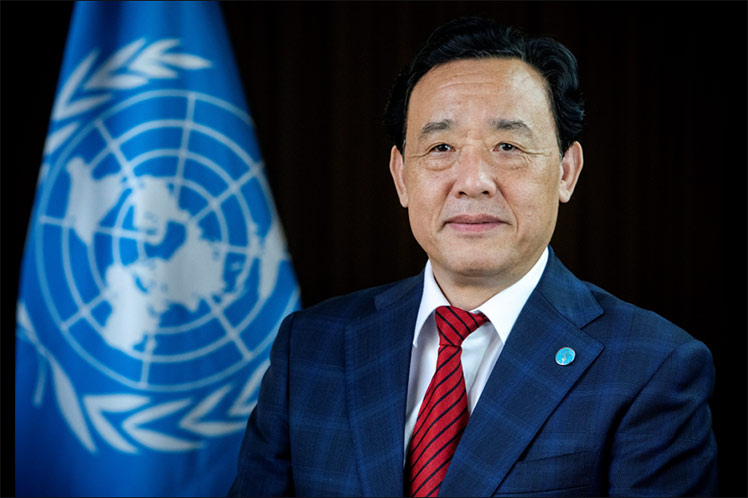“We must transform agrifood systems to ensure aquatic foods are sustainably harvested, livelihoods are safeguarded and aquatic habitats and biodiversity are protected,” QU Dongyu stated.
With over 800 million people starving and 2.4 billion with too limited access to adequate food, feeding a growing population without depleting current resources is ramping up, he said.
In this regard, aquatic food systems are increasingly in the spotlight due to their enormous potential to meet such a demand.
The rising demand is rapidly changing the entire sector, as consumption is expected to increase, driven by rapid population growth and dietary trends towards better health and nutrition.
The UN Secretary-General’s Special Envoy for the Oceans, Peter Thomson, called aquaculture as the “the world´s healthiest nutrition”, which has “potential to feed our grandchildren and other generations to come, if we get it right”.
According to the FAO, the increase in aquaculture, particularly in Asia, raised total production to an all-time high of 214 million tons in 2020, consisting of 178 million tons of aquatic products and 36 million tons of algae.
Overall aquatic food production is expected to reach 202 million tons in 2030, mainly due to continued growth in aquaculture.
pll/rgh/crc










